Comprehensive Guide to Water Quality in Los Angeles: Contaminants, Issues, and Water Filtration Solutions
by Ryan Moreau / updated February 15th, 2025
Los Angeles, the sprawling metropolis of Southern California, relies on a complex network of water sources to quench the thirst of its millions of residents. From the Owens Valley aqueducts to the Colorado River imports, and local groundwater basins, the city faces unique water quality challenges due to its semi-arid climate, aging infrastructure, and industrial legacy. In this comprehensive guide, we delve into the common contaminants affecting Los Angeles’s water, regional challenges, and effective filtration solutions. Begin by utilizing our Water Quality Tool to receive a customized analysis of your local water conditions.

Overview of Los Angeles’s Water Sources
Los Angeles obtains its water from a variety of distant and local sources to meet the demands of its population:
- Colorado River Aqueduct: Transports water from the Colorado River to Southern California, providing a significant portion of Los Angeles’s supply.
- Los Angeles Aqueduct: Moves water from the Owens Valley and Mono Basin, a critical historical source since the early 20th century.
- State Water Project: Delivers water from Northern California rivers via the California Aqueduct.
- Local Groundwater Basins: The San Fernando, Central, and West Coast groundwater basins supplement imported supplies.
- Recycled Water: Advanced water reclamation facilities treat wastewater for non-potable uses, reducing the demand on fresh water sources.
Managing these diverse sources involves balancing environmental impacts, legal agreements, and infrastructure maintenance to ensure a reliable supply.
Common Water Quality Contaminants in Los Angeles
Los Angeles’s water supply can contain various contaminants due to factors such as agricultural runoff, industrial activities, and natural occurrences. To understand what’s affecting your local supply, start with our Water Quality Tool and review these common concerns:
1. Chromium-6
Hexavalent chromium (Chromium-6) is found in some Los Angeles groundwater sources, particularly in the San Fernando Valley, due to industrial pollution from past aerospace and manufacturing activities. Long-term exposure can increase the risk of cancer.
Water Filtration Options for Chromium-6: Reverse Osmosis Water Filters, Ion Exchange Systems
2. Nitrates
Agricultural regions in surrounding areas can contribute nitrates to groundwater through fertilizer runoff. High nitrate levels are especially harmful to infants, leading to conditions like methemoglobinemia.
Water Filtration Options for Nitrates: Reverse Osmosis Water Filters
3. Perchlorate
Perchlorate contamination stems from historical aerospace and defense industries, affecting groundwater in parts of Los Angeles County. It can disrupt thyroid function by interfering with iodine uptake.
Water Filtration Options for Perchlorate: Ion Exchange Systems, Reverse Osmosis Water Filters
4. Volatile Organic Compounds (VOCs)
VOCs like trichloroethylene (TCE) and tetrachloroethylene (PCE) have been detected in groundwater due to industrial solvent use and improper disposal practices. Long-term exposure can cause liver and kidney damage.
Water Filtration Options for VOCs: Activated Carbon Water Filters, Air Stripping Systems
5. Arsenic
Naturally occurring arsenic is present in some groundwater wells. Chronic exposure can lead to various health problems, including skin lesions and increased cancer risk.
Water Filtration Options for Arsenic: Reverse Osmosis Water Filters, Adsorptive Media Filters
6. Lead and Copper
Aging infrastructure in older Los Angeles neighborhoods may result in leaching of lead and copper into the water supply from corrosion of pipes and fixtures, posing risks to neurological development in children.
Water Filtration Options for Lead and Copper: Reverse Osmosis Water Filters, NSF-certified Filters for Lead Removal
7. Disinfection Byproducts (DBPs)
Chlorination of water to eliminate pathogens can result in the formation of disinfection byproducts like trihalomethanes (THMs) and haloacetic acids (HAAs), which may have carcinogenic effects over long-term exposure.
Water Filtration Options for DBPs: Activated Carbon Water Filters
8. Microplastics
Recent studies have detected microplastics in both tap and bottled water in Los Angeles, potentially originating from environmental pollution and degradation of plastic materials.
Water Filtration Options for Microplastics: Reverse Osmosis Water Filters, Ultrafiltration Systems
9. Radioactive Contaminants
Certain areas may have naturally occurring radionuclides like uranium and radon in groundwater, which can increase the risk of cancer upon ingestion over extended periods.
Water Filtration Options for Radioactive Contaminants: Reverse Osmosis Water Filters, Ion Exchange Systems
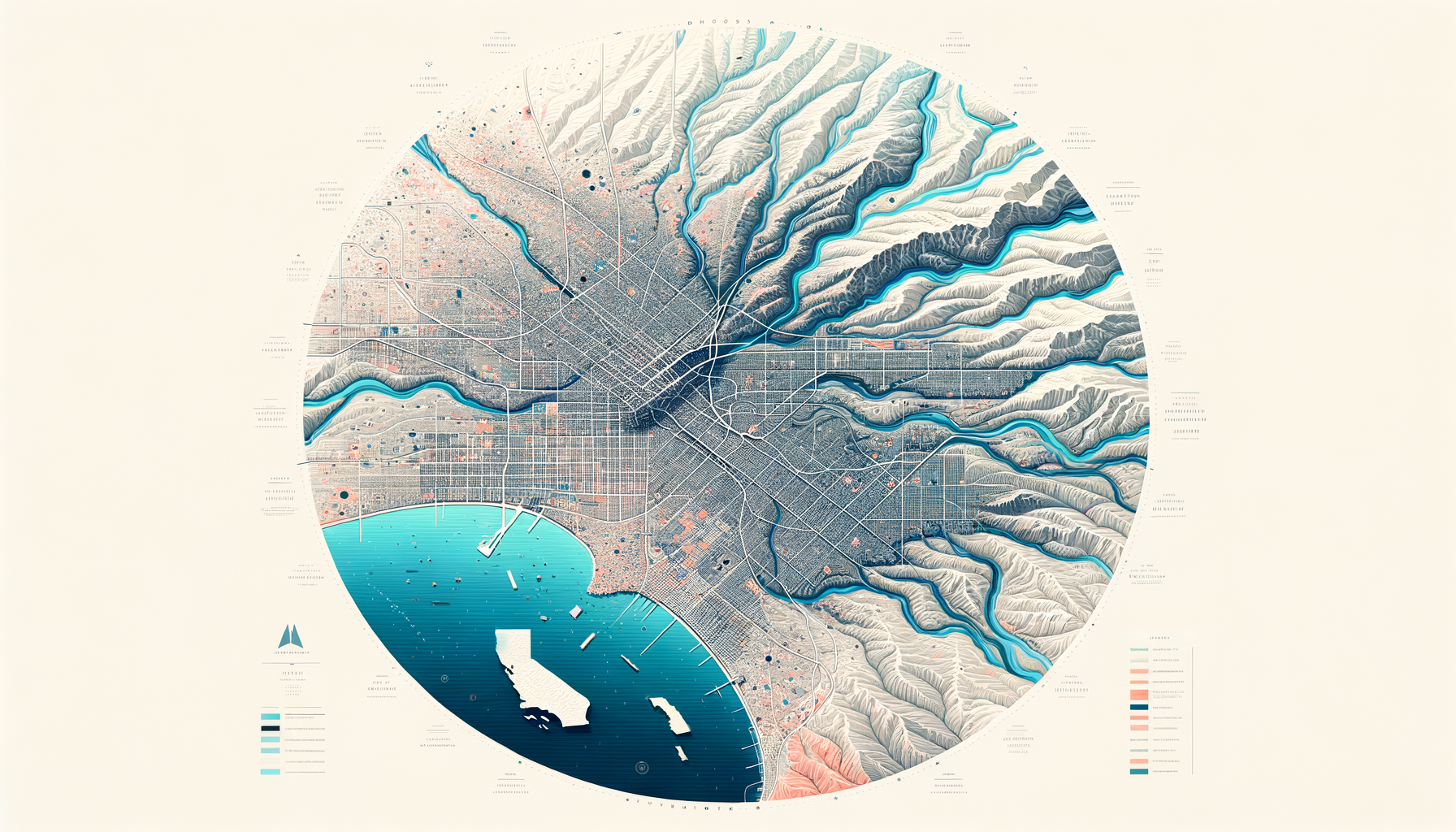
Regional Water Quality Challenges in Los Angeles
Los Angeles faces several unique water quality challenges due to its vast metropolitan area, industrial history, and environmental factors. Key issues highlighted by the Los Angeles Department of Water and Power (LADWP) and the California State Water Resources Control Board include:
1. Drought and Water Scarcity
The semi-arid climate leads to frequent drought conditions, affecting water quality by concentrating contaminants in reduced water volumes and increasing reliance on groundwater, which may have higher contaminant levels.
2. Groundwater Contamination in the San Fernando Valley
Industrial pollution from aerospace and manufacturing has led to the contamination of groundwater with VOCs, perchlorate, and heavy metals, necessitating extensive remediation efforts.
3. Seawater Intrusion
Over-extraction of groundwater near coastal areas has resulted in seawater intrusion, increasing salinity levels in aquifers and affecting water taste and corrosivity.
General Water Characteristics in Los Angeles
Understanding the general characteristics of Los Angeles’s water helps in choosing appropriate treatment solutions:
1. Hard Water
Los Angeles water is often classified as moderately hard to hard due to the presence of calcium and magnesium minerals, especially in groundwater supplies. Hard water can cause scale buildup in plumbing and diminish the effectiveness of soaps and detergents.
For residents dealing with hard water issues, installing a water softener can mitigate these problems. Use our Water Softener Calculator to determine the right system for your home.
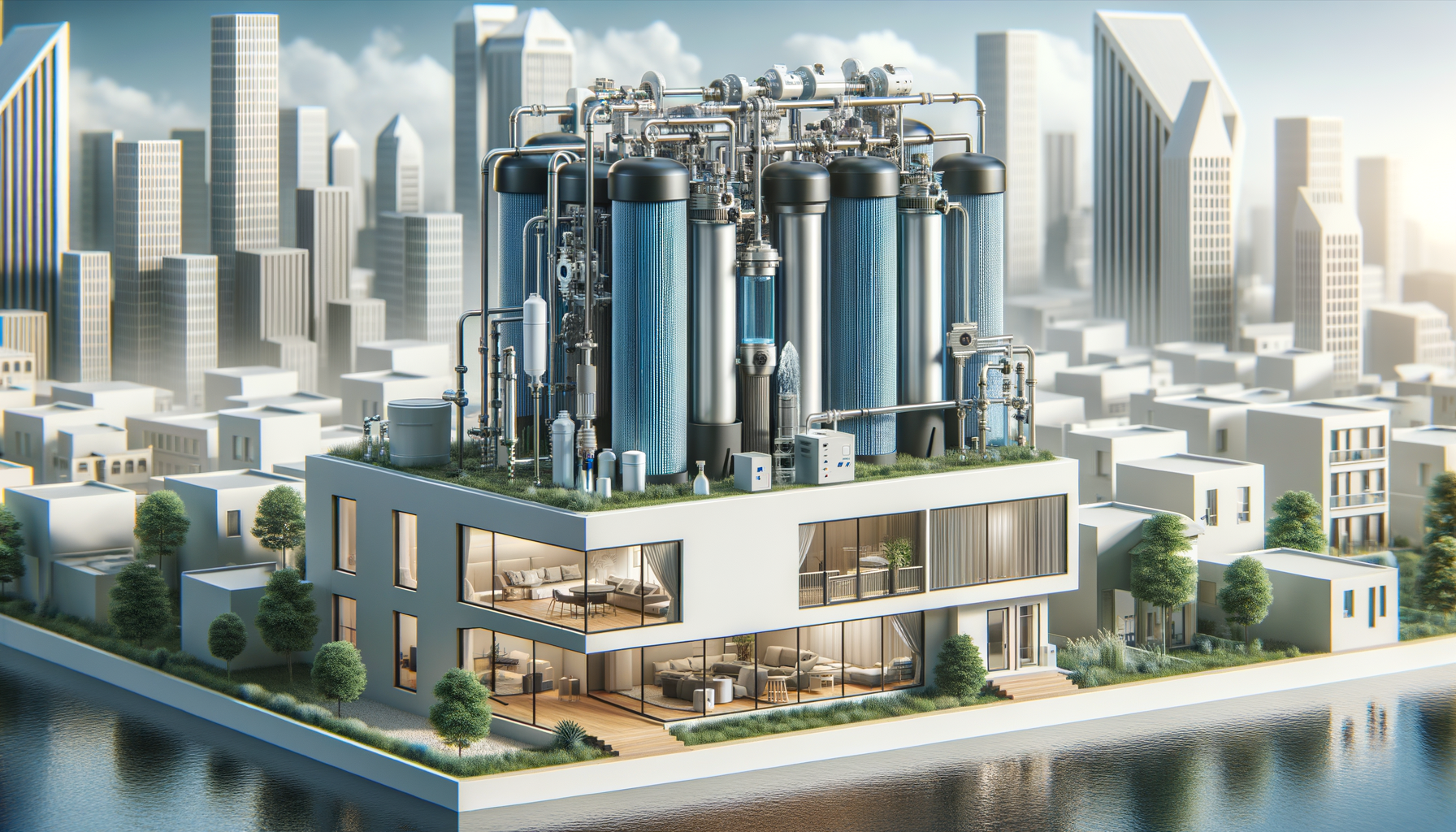
2. High Total Dissolved Solids (TDS)
Due to the blending of various water sources and long transportation distances, Los Angeles water can have elevated levels of total dissolved solids. High TDS may affect the taste and can contribute to scaling.
Water Filtration Options for High TDS: Reverse Osmosis Systems are effective at reducing TDS levels.
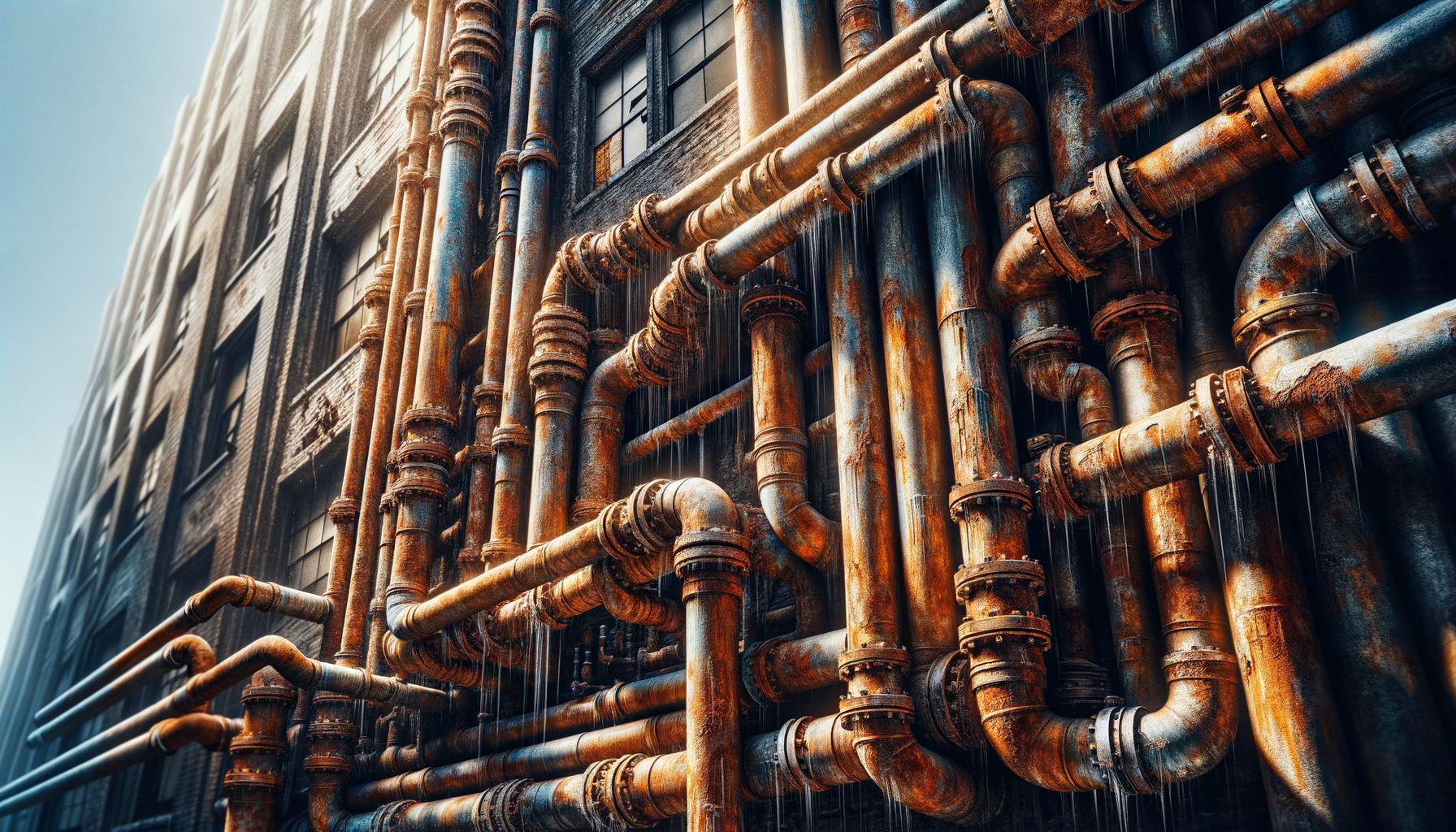
3. Chloramine Disinfection
LADWP uses chloramine, a combination of chlorine and ammonia, for water disinfection. Chloramine is more stable than chlorine but can cause issues like rubber deterioration in plumbing fixtures and may affect aquarium fish.
Water Filtration Options for Chloramine: Catalytic Activated Carbon Filters are effective in removing chloramine.
4. Alkalinity and pH Levels
Los Angeles’s water typically has a neutral to slightly alkaline pH. While generally not a health concern, pH levels can impact the effectiveness of disinfection and the solubility of contaminants.
Monitoring pH and adjusting with appropriate treatment, if necessary, can help optimize your water quality.
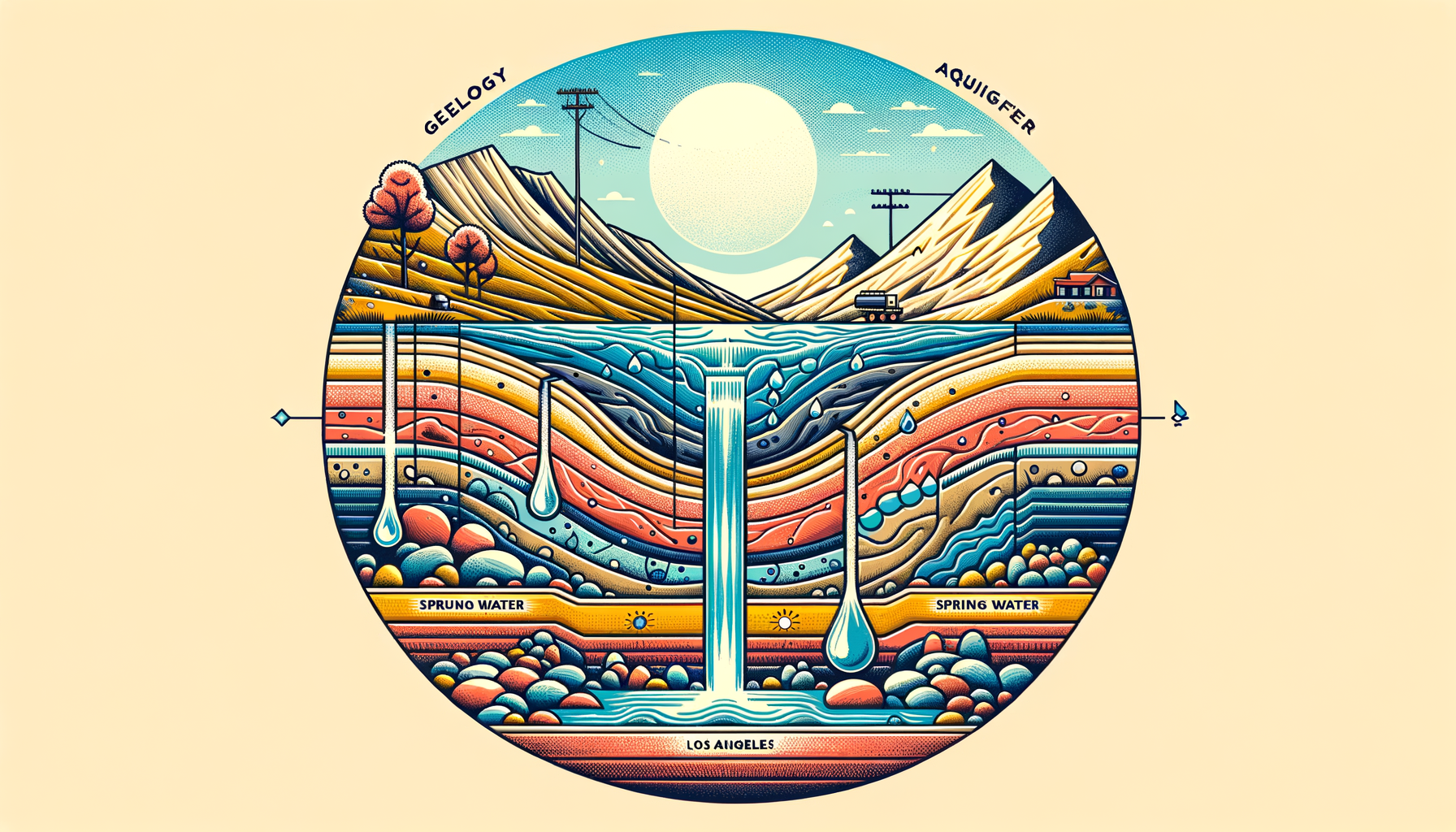
Utilizing the Water Quality Tool for Los Angeles Residents
Accessing localized water quality data is crucial for residents to make informed decisions. Our Water Quality Tool enables Los Angeles residents to:
- Input their zip code to receive detailed information on local water sources
- Identify potential contaminants specific to their neighborhood
- Obtain personalized filtration recommendations based on identified water quality challenges
Recommended Filtration Solutions for Common Los Angeles Contaminants
Considering the specific contaminants prevalent in Los Angeles, the following filtration solutions are recommended:
1. Reverse Osmosis Systems
Reverse Osmosis Systems are highly effective in removing a wide range of contaminants including Chromium-6, arsenic, nitrates, perchlorate, and TDS. They are suitable for under-sink installation for drinking water or as whole-house systems.
2. Activated Carbon Filters
Activated Carbon Filters are excellent for reducing chloramine, VOCs, DBPs, and improving water taste and odor. Catalytic carbon filters are specifically effective against chloramine.
3. Ion Exchange Systems
Ion exchange systems can remove contaminants like perchlorate and nitrate. Combined with other filtration methods, they enhance overall water quality.
4. Water Softeners
For addressing hard water issues, water softeners can prevent scale buildup and prolong the lifespan of appliances.
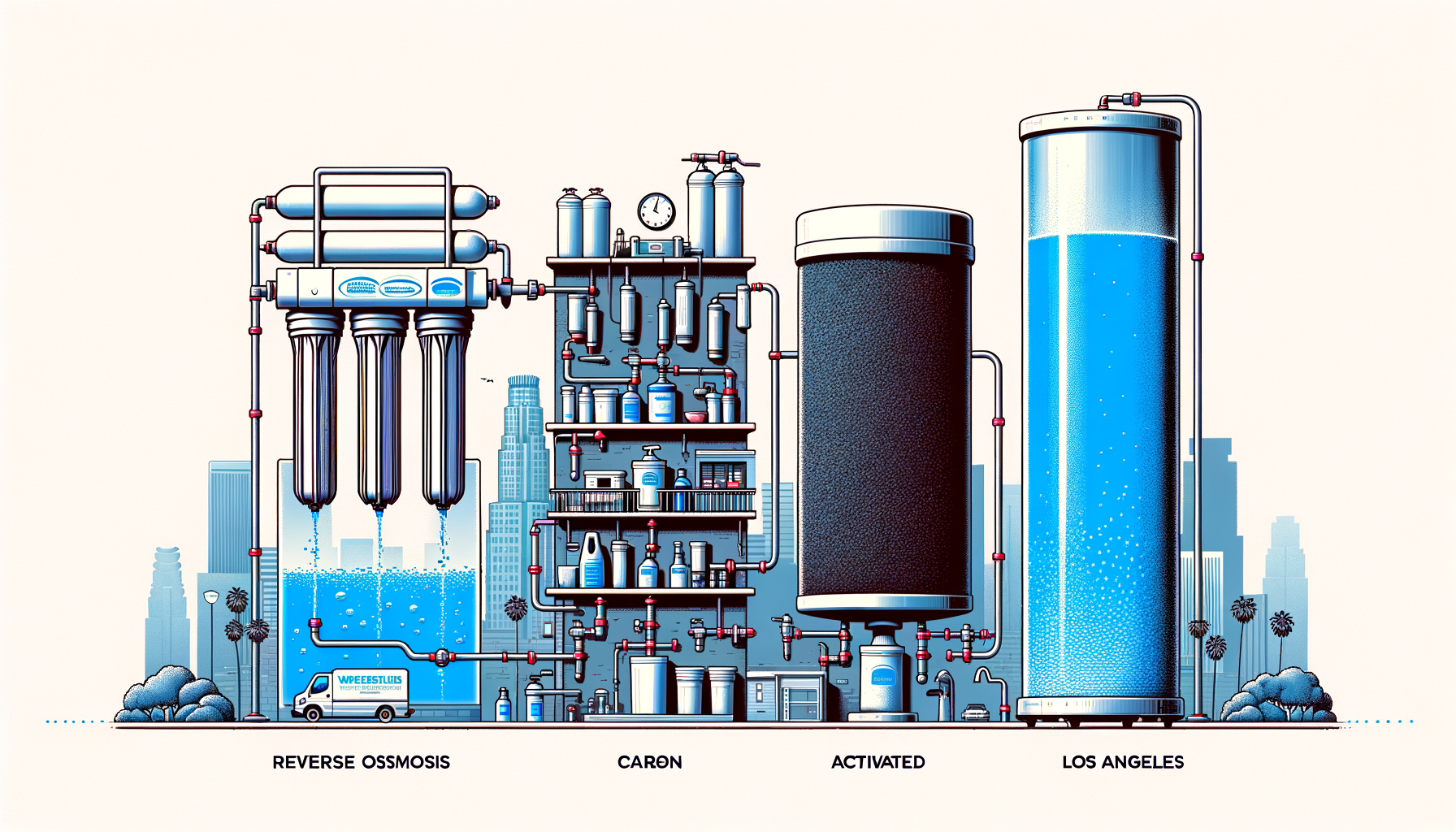
Local Water Testing Services in Los Angeles
For accurate identification of contaminants in your water, we recommend using SimpleLab for comprehensive water testing. Their easy-to-use kits and detailed laboratory analysis provide actionable insights, ensuring you select the most effective water treatment solutions.
Case Studies: Addressing Water Quality Issues in Los Angeles
Exploring real-life examples helps illustrate how water quality challenges are being managed in Los Angeles:
1. San Fernando Basin Groundwater Remediation
The San Fernando Basin has been subject to extensive remediation efforts to address contamination from VOCs, perchlorate, and Chromium-6. The construction of advanced water treatment facilities has allowed for the safe extraction and use of previously contaminated groundwater.
2. Implementing Chloramine for Disinfection
LADWP transitioned from chlorine to chloramine disinfection to reduce the formation of harmful disinfection byproducts. This change required public education on potential impacts and the use of appropriate filtration methods for sensitive uses like dialysis and aquariums.
3. Metropolitan Water District’s Source Blending
To manage high TDS levels, the Metropolitan Water District of Southern California employs source blending strategies, mixing water from different sources to optimize quality while meeting supply demands.
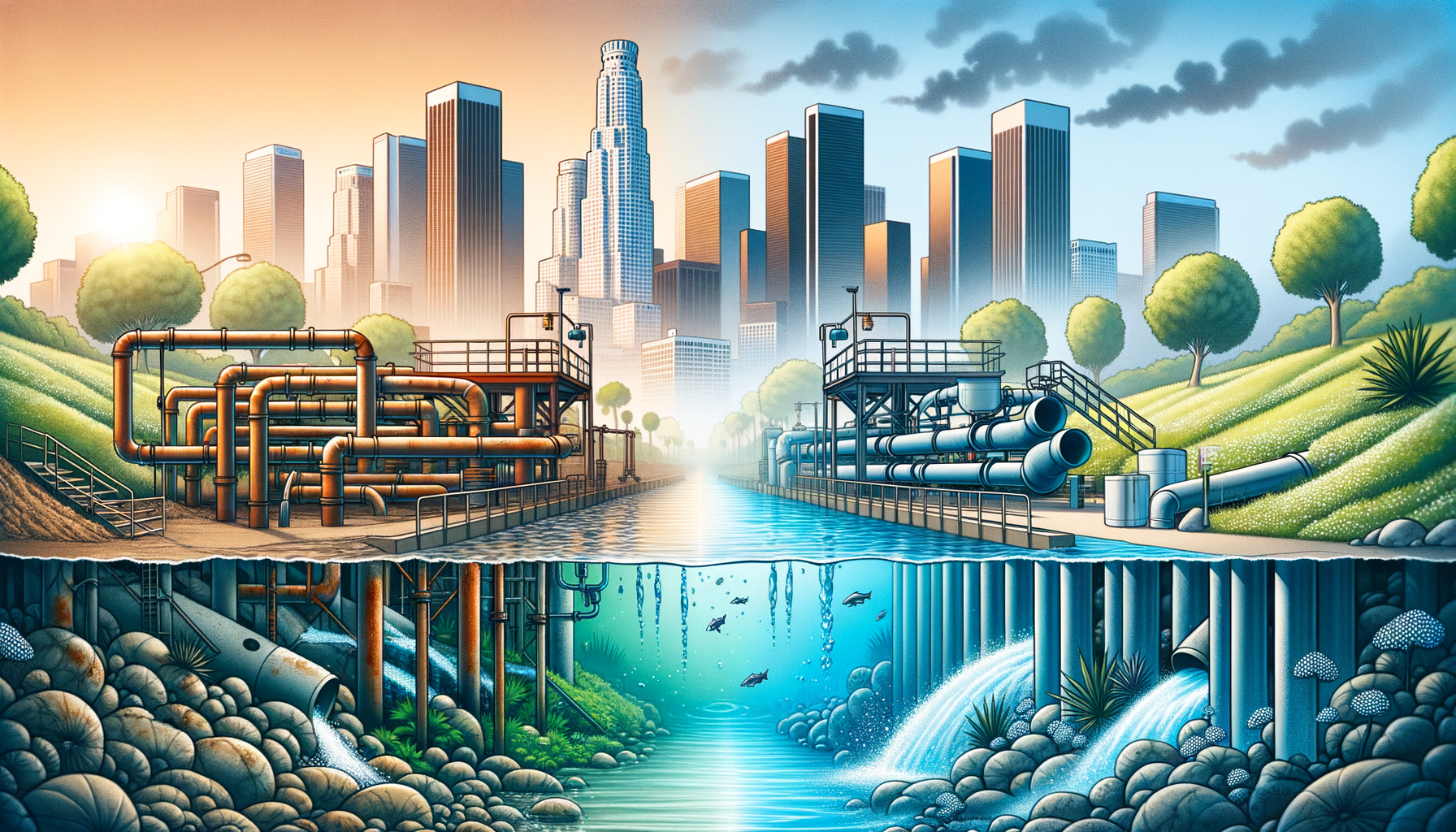
Call to Action
Los Angeles’s intricate water supply system and diverse contaminant concerns make proactive water quality management essential. Understanding your local water characteristics and potential contaminants is the first step toward ensuring safe and healthy water for your household.
Begin by entering your zip code into our Water Quality Tool for detailed insights into your water supply. Explore our filter review articles to find the best filtration systems tailored to your needs. Complete the process with comprehensive water testing services to confirm the effectiveness of your chosen solutions and enjoy peace of mind knowing your water is safe.
